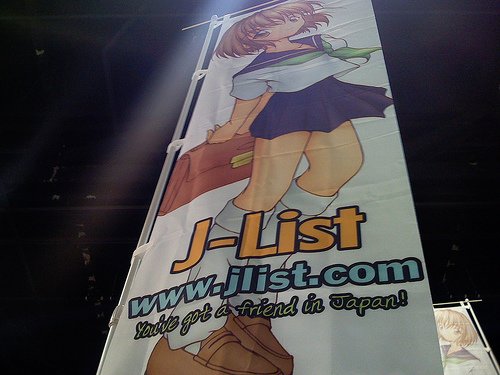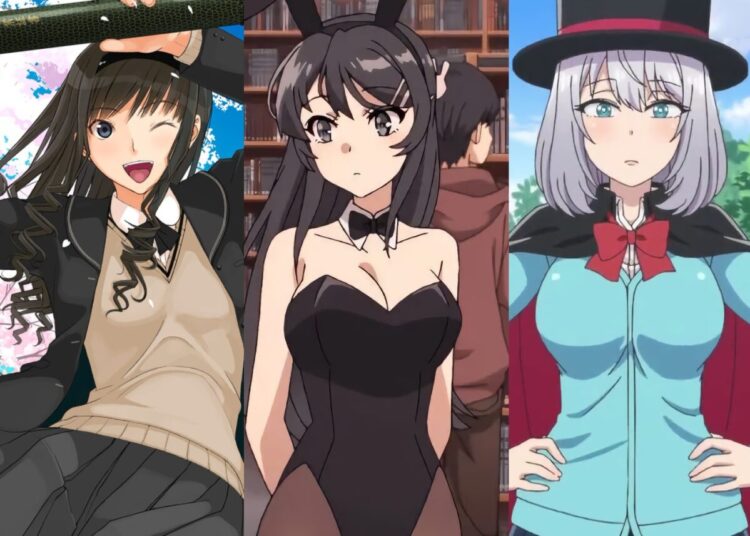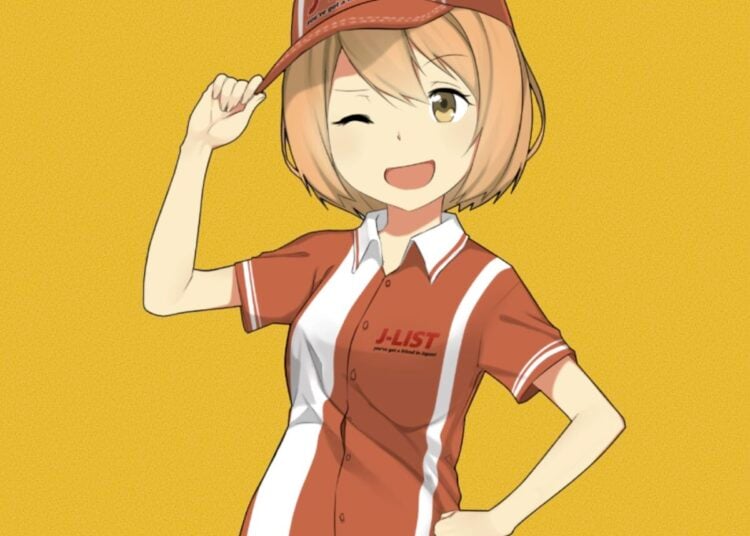Well, one weekend and a staggering 150,000 people later, the 2007 San Diego Comic-Con is past. It was a wild show, and we handed out an estimated 12,000 J-List tissues to people who came by to say hi. If you were one of them, thank you! Now I’m headed back to Japan, and it will certainly be good to be home, although our “reform” (remodeling) work is still proceeding, which means the house is likely to be a bit torn up. I’m leaving the kids behind to get their annual concentrated dose of English, as they attend various summer camps — Girl Scout and Skating Camp for my daughter, Chess Camp and a fun camp where they explore various parts of San Diego for my son. They’ll probably come back speaking better English than they speak Japanese again this year…
It was a real rush, having so much going on during the convention. I was extra-busy because in the evenings I was trying to see all the great movies playing in theatres here in the U.S. with my kids before it was time for me to jaunt back to Japan. We went to late showings of Harry Potter on Friday and the Simpsons Movie on Saturday, and both were great. As usual, I can’t go out the door without seeing something to compare between Japan and the U.S., and the trips to the theatre were no different. My kids were surprised to see that, in both films, the audience was very active, laughing at jokes and applauding at every turn, barely able to sit still. Compared to the silent, passive way that Japanese audiences take in movies, it was like a night at the Rocky Horror Picture Show. They were also amazed that there’d be anyone else in the theatre past 7 pm. In Japan, movies are usually watched in the afternoons, and almost no one goes to the movie theatre late at night.
Everyone remembers firsts, like that first time on a bicycle, or the first time you kissed a girl or boy. I remember the first kanji character I became aware of from trying to puzzle out written Japanese. The character was ko (子)which means “child” (an alternate reading is shi), and it’s most commonly found in names of Japanese girls, like Keiko, Ayako or Sachiko. It’s quite a flexible word, being found in scientific words like denshi (電子, child of electricity, i.e. an electron), or genshi (原子, child of origin, or an atom). Most “baby” names of animals can be made by putting ko in front of the name, like koinu (koh-EE-noo) for puppy, and if you’re an astute fan of the classic anime series Macross, you might have noticed that the Zentraedi alien Miriya has a baby they call Komiriya — a great little joke. there. The “ko” word is often used to delineate a group of people, for example Edokko (江戸っ子, eh-doh-KKO, with a small pause at the double consonant), a label worn proudly by families who have lived in the Tokyo area since the days when it was named Edo, or kagikko (key child, 鍵っ子), the Japanese term for latchkey kid. My wife was a misekko (店っ子) or “shop child,” a child whose parents ran a shop and were thus too busy to play with her or take her places, which is why she watches so much television, she tells me. You can see the kko ending in the labels of many otaku-related concepts, like meganekko (meh-gah-neh-KKO, again with the pause), meaning cute girls with glasses, or burikko (boo-REE-kko), the annoyingly cute way that Japanese girls act like helpless children as a way of charming men into doing their bidding.
















